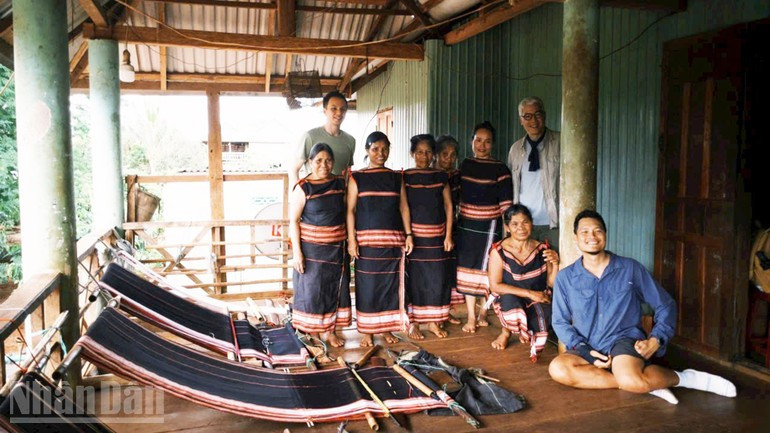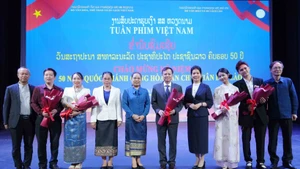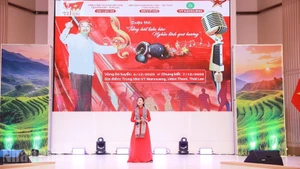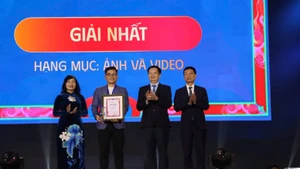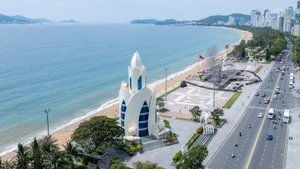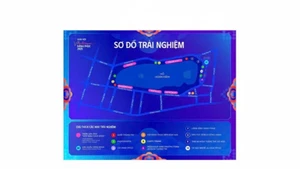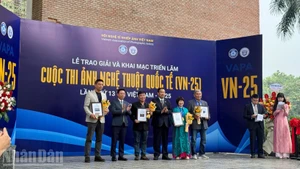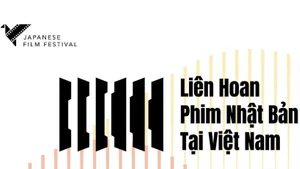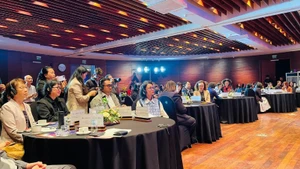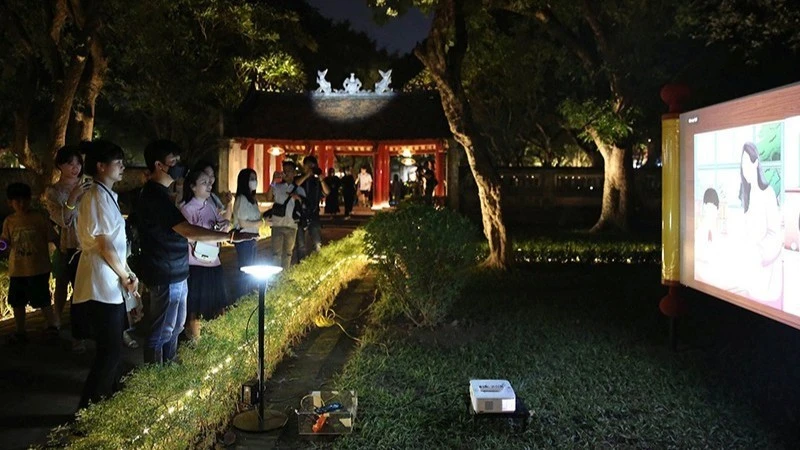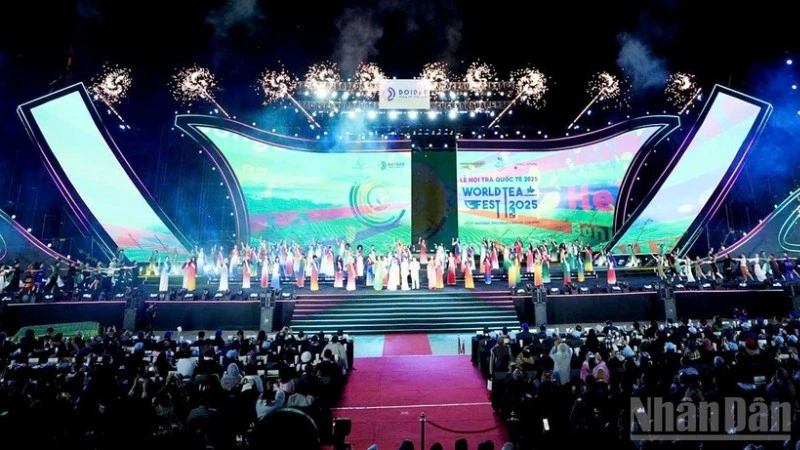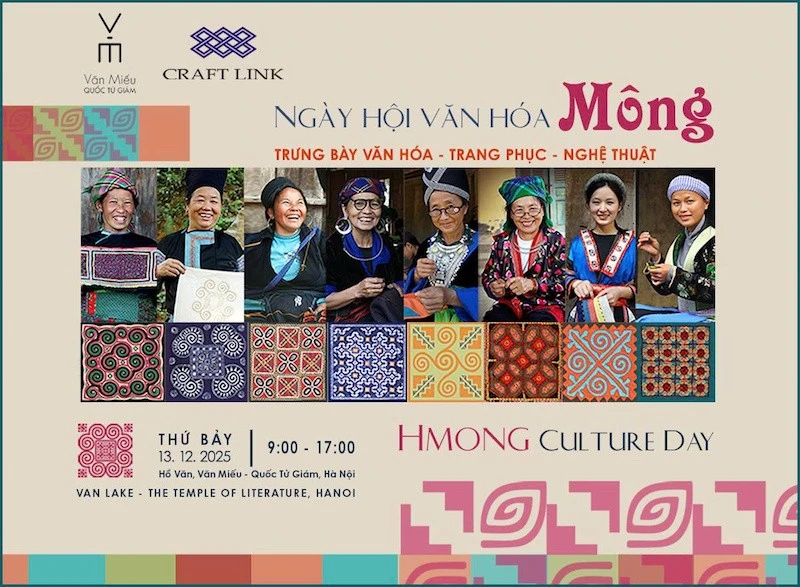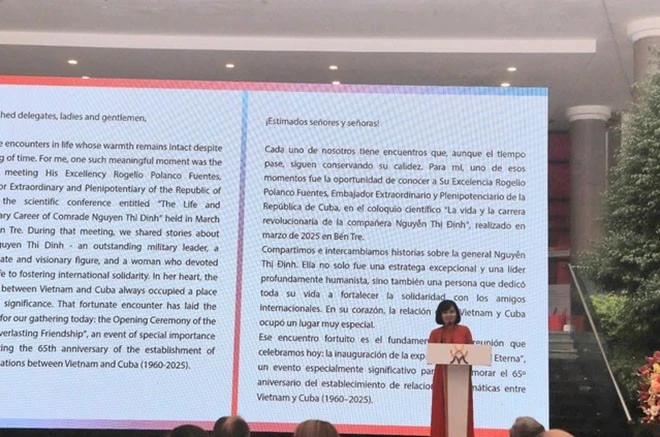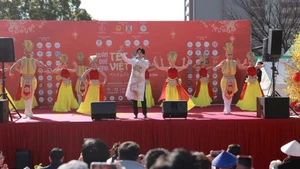Brocade tells the stories of the Central Highlands
Visitors to Kep Village are often enchanted by the sight of looms arranged beneath stilt houses, where Jrai artisans deftly shuttle threads, weaving patterns infused with the spirit of the mountainous forests.
Each piece of brocade fabric narrates a story—a vibrant cultural fragment steeped in ethnic identity, passed down through generations.
Ro Cham Suynh, a member of the Kep Village Weaving Cooperative, shared that she learnt the craft from her mother. From a young age, she was able to make bags, trousers, and shirts.
Today, weaving serves not only as a cultural tradition but also as a source of income, enhancing the livelihoods of local residents.
Jrai brocade typically features three primary colours: black, red, and white. The motifs reflect nature and daily life—birds, flowers, people, and everyday tools.
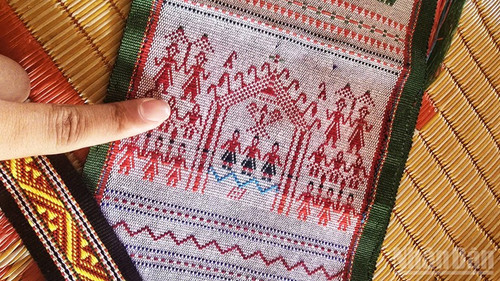
Each item is more than a souvenir; it acts as a cultural bridge between visitors and the local community, symbolising the harmony between preservation and progress.
Beyond safeguarding tradition, H Uyen Nie, founder of the Kep Village Weaving Cooperative, has pioneered efforts to combine the craft with community-based tourism.
She explains: “We changed our approach by turning our products into souvenirs. For example, a piece of fabric can be sewn into a bag, wallet, or small item to suit customers’ needs after they’ve experienced weaving themselves.”
Established in 2019 with 15 members, the cooperative has doubled in size within just five years. This model enables each artisan to engage directly with tourists and sell their creations.
“We prioritise women from disadvantaged backgrounds. When they join the community-based tourism model, they earn additional income. This encourages them to preserve both the craft and our cultural heritage,” H Uyen Nie added.
The initiative not only boosts local incomes but also fosters a spirit of self-reliance, particularly among ethnic minority women.
Expanding reach and influence
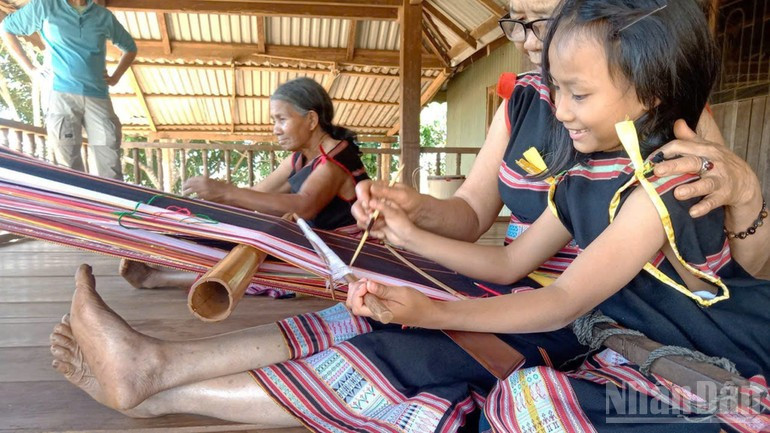
Kep Village currently welcomes between 4,000 and 5,000 visitors annually—a promising figure in the Central Highlands, where community-based tourism remains relatively underdeveloped.
A key contributor to this success is artisans like Mo Cham Monh. Now in her seventies, she continues to work at her loom daily. Despite her age, her hands remain skilful, weaving intricate patterns with unwavering dedication to preserving ethnic identity.
She reflects: “I hope the younger generation continues the weaving craft of our ancestors. Through weaving, we preserve cultural beauty and earn income when customers purchase our fabrics.”
Local authorities have recognised the model’s value and potential. Nguyen Tien Dung, Chairman of the Ia Ly Commune People’s Committee, praised the integration of brocade weaving and community-based tourism in Kep Village as a local highlight.
He commended H Uyen Nie as a proactive and innovative leader who consistently finds ways to create employment for disadvantaged women. He also revealed that the commune is considering appointing her as an advisor on cultural and tourism development.
The revival of brocade weaving in Kep Village, coupled with its integration into community-based tourism, exemplifies the Party and State’s policy of aligning socio-economic development with the preservation and promotion of traditional cultural values.
Currently, H Uyen Nie is collaborating with travel companies to bring more visitors to Kep Village and is seeking financial support to expand shared spaces for training, product exhibitions, and guest reception.
To her, each piece of brocade fabric is a “cultural message” that must be conveyed with both intellect and heart.
The revival of brocade weaving in Kep Village, coupled with its integration into community-based tourism, exemplifies the Party and State’s policy of aligning socio-economic development with the preservation and promotion of traditional cultural values.
Resolution No. 08-NQ/TW of the Politburo underscores that tourism development must go hand in hand with environmental protection and the safeguarding of ethnic cultural identity.
The government has also introduced numerous policies to support socio-economic development in ethnic minority and mountainous regions, enabling communities like Ia Ly to harness their native strengths.
The story of Kep Village illustrates a successful path—one that combines cultural preservation with tourism development, enhancing both the material and spiritual lives of locals while celebrating traditional values in today’s fast-paced world.
